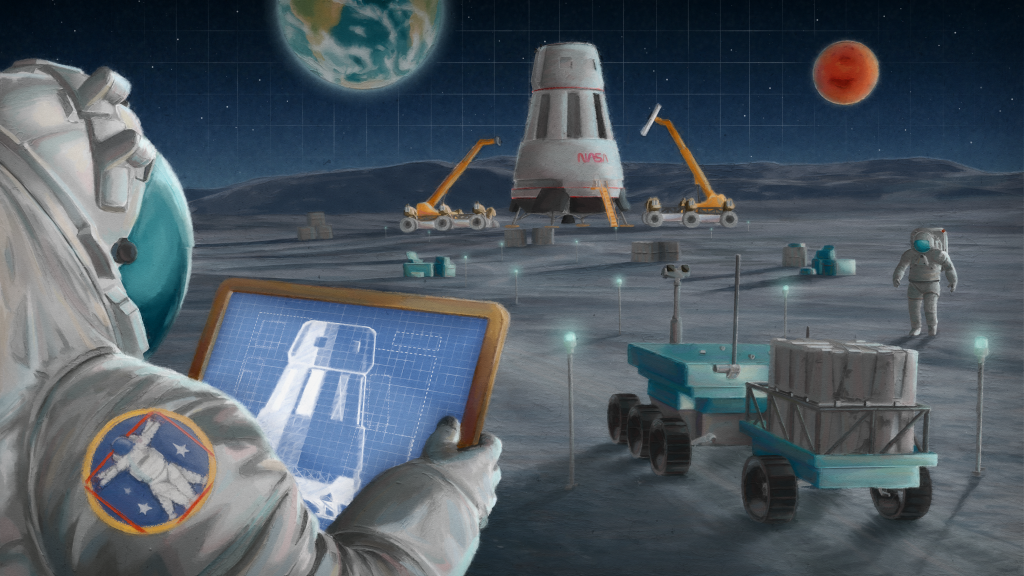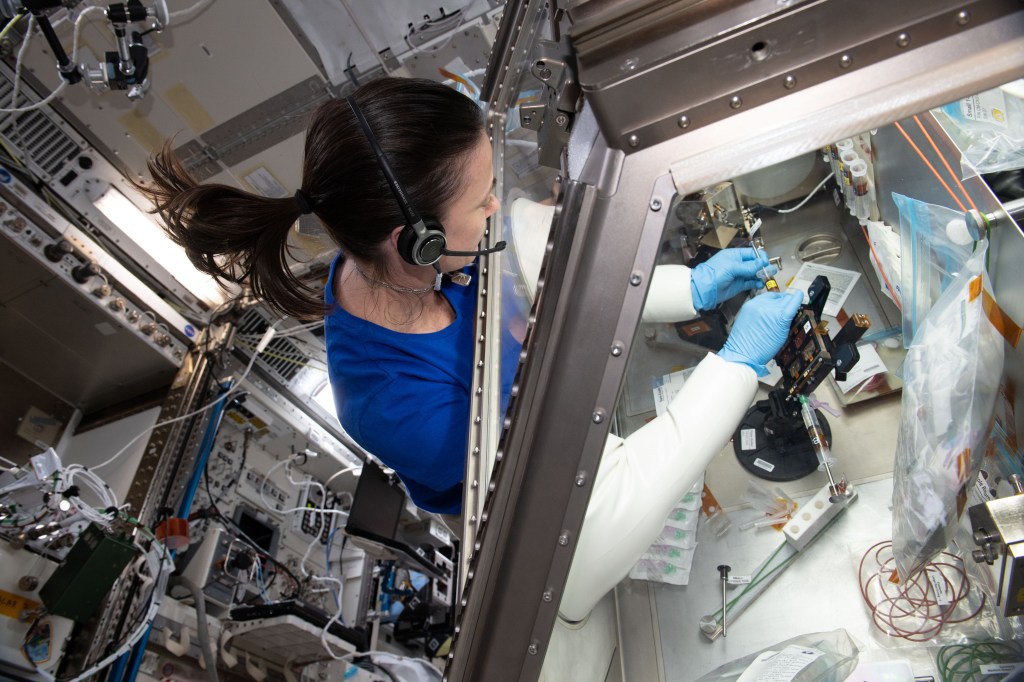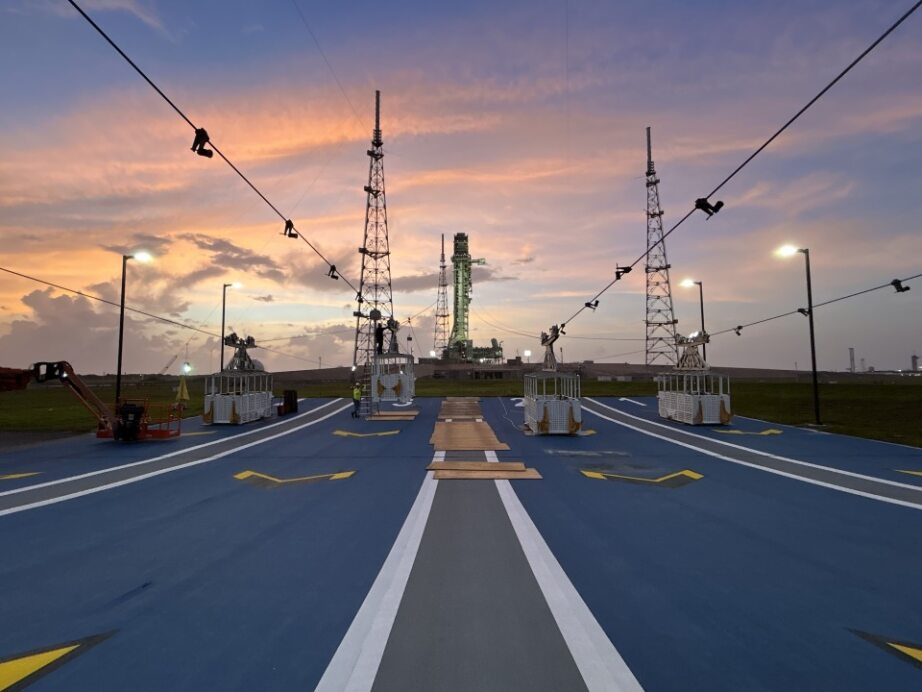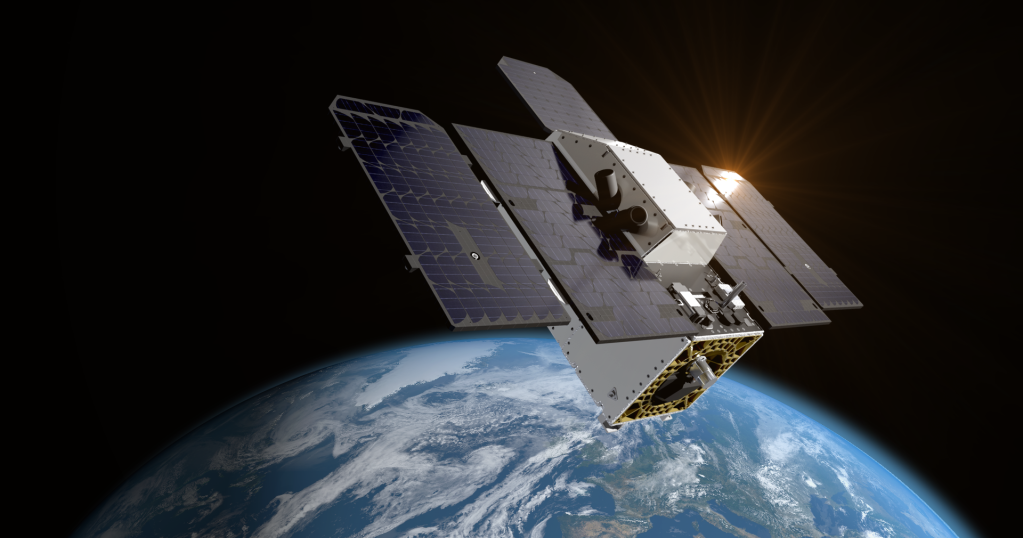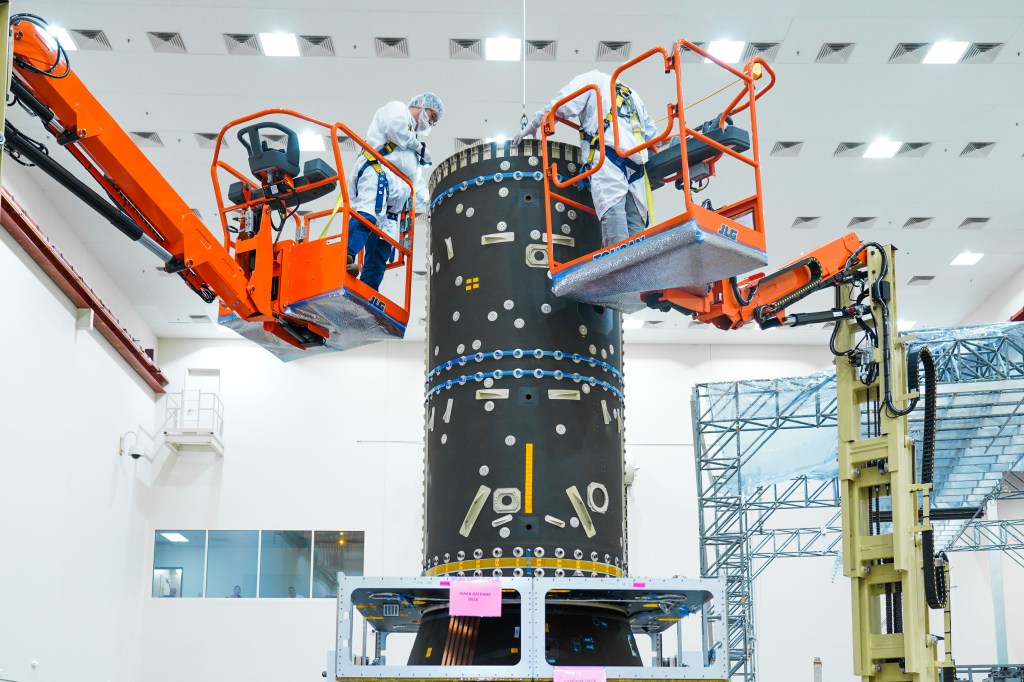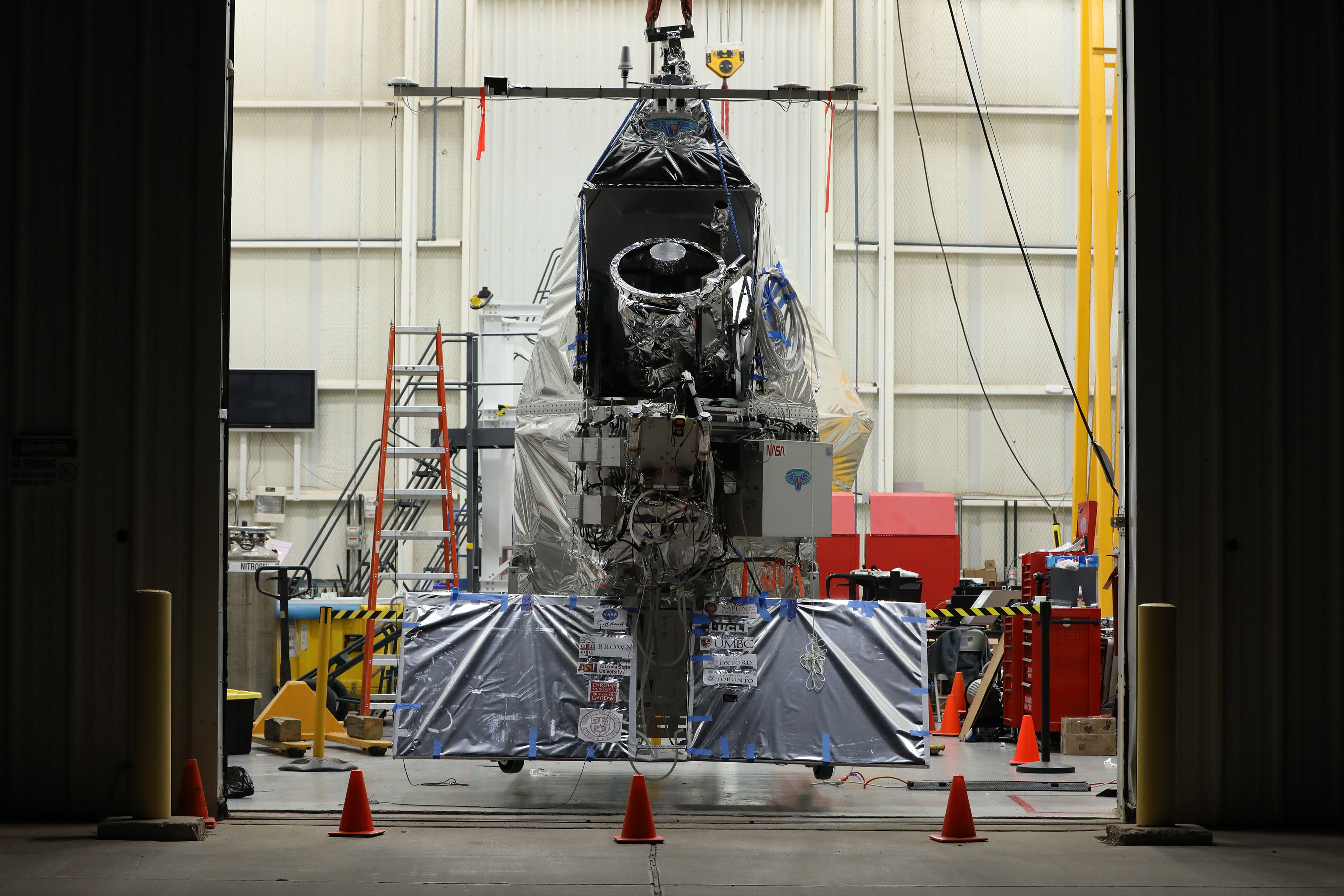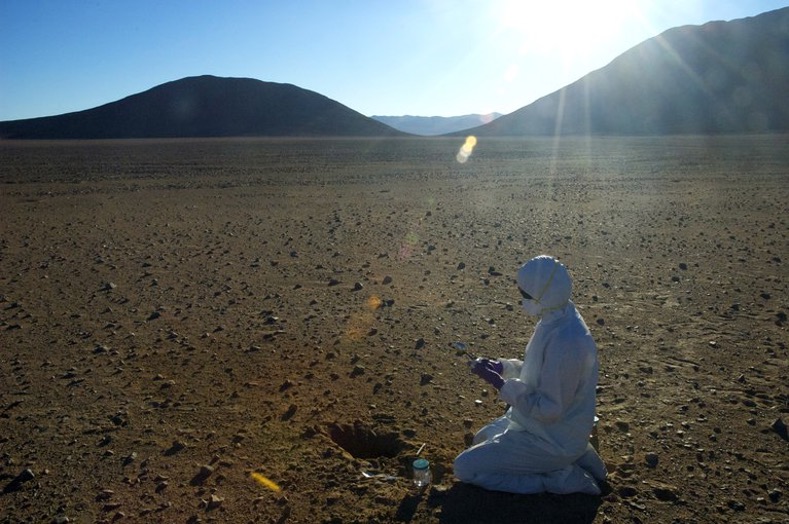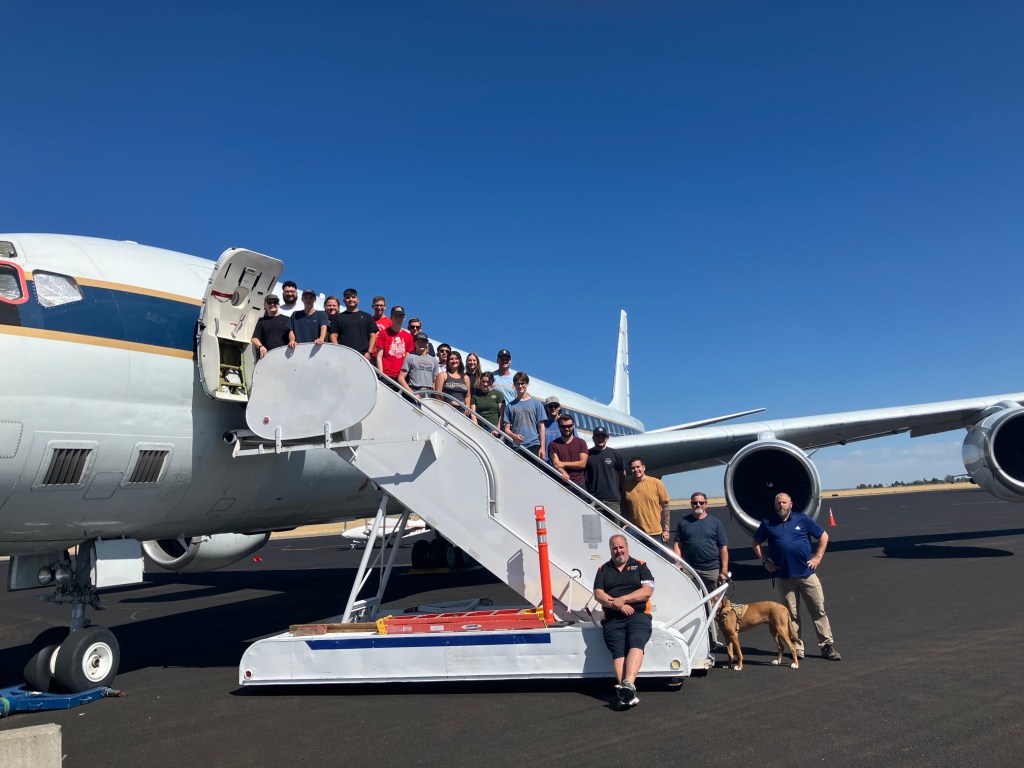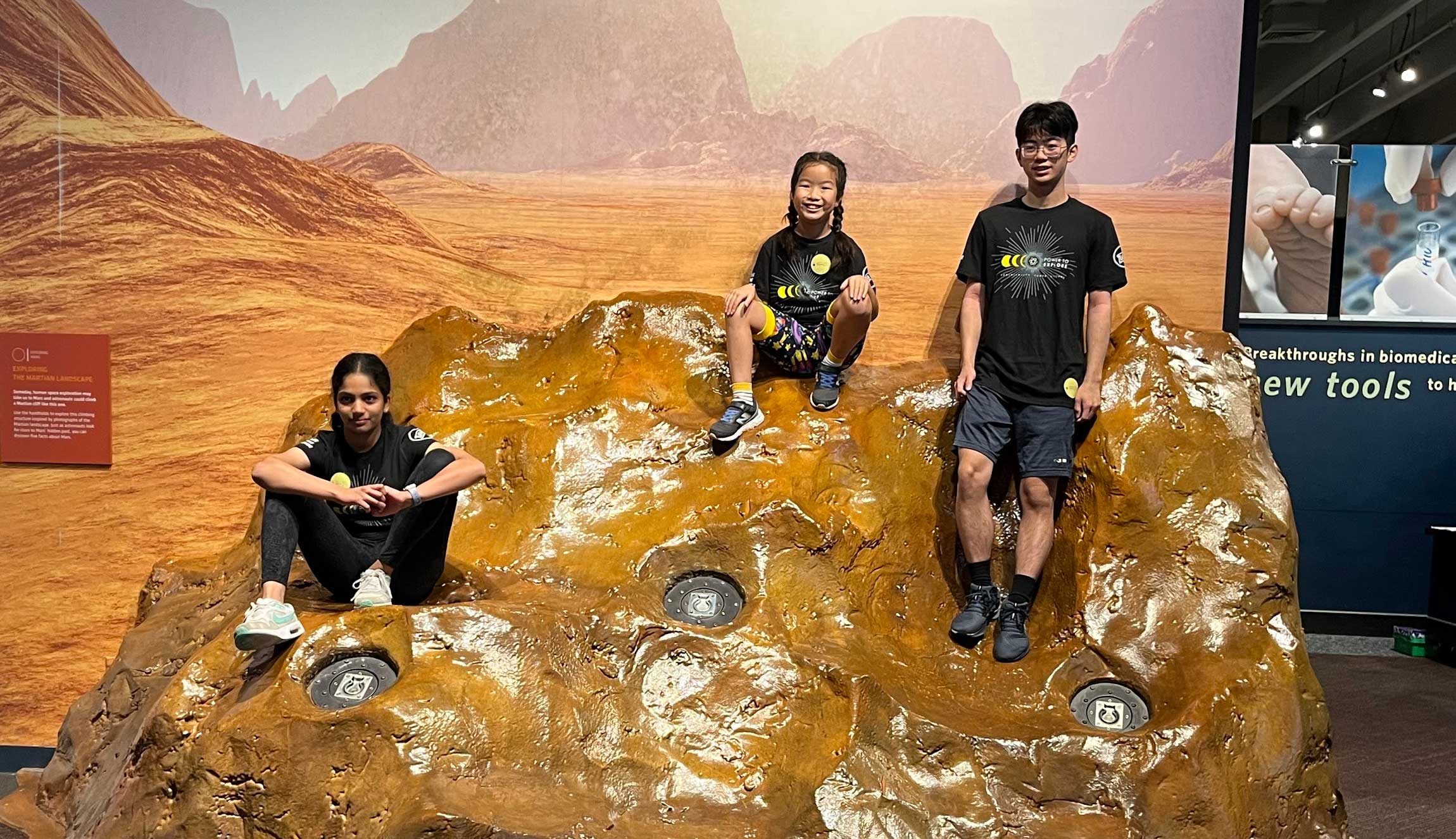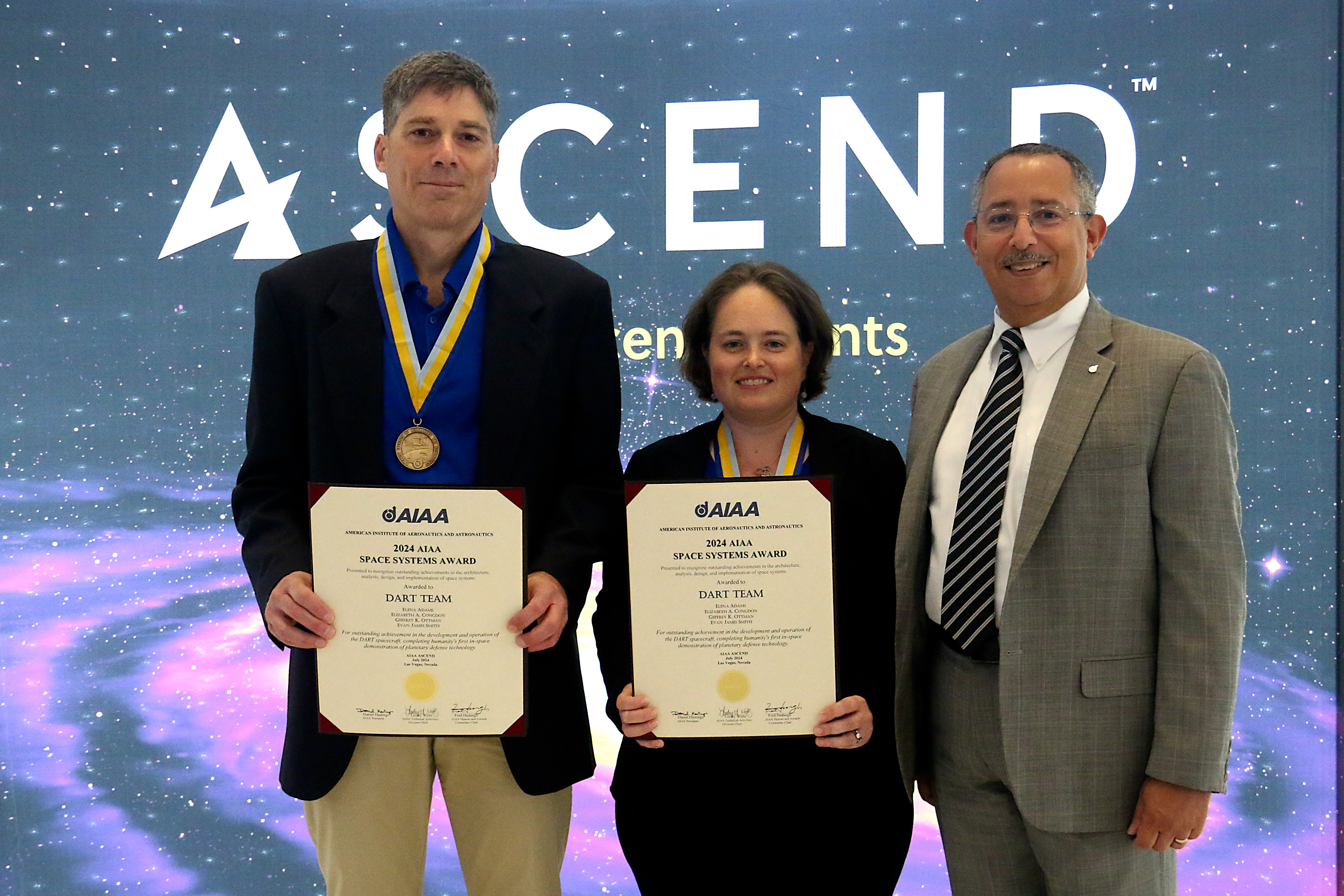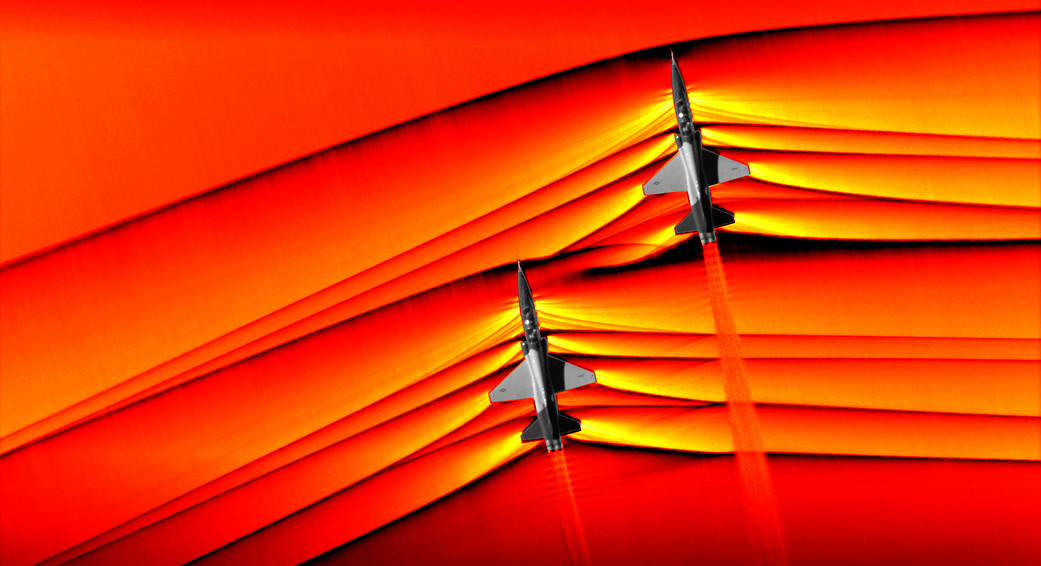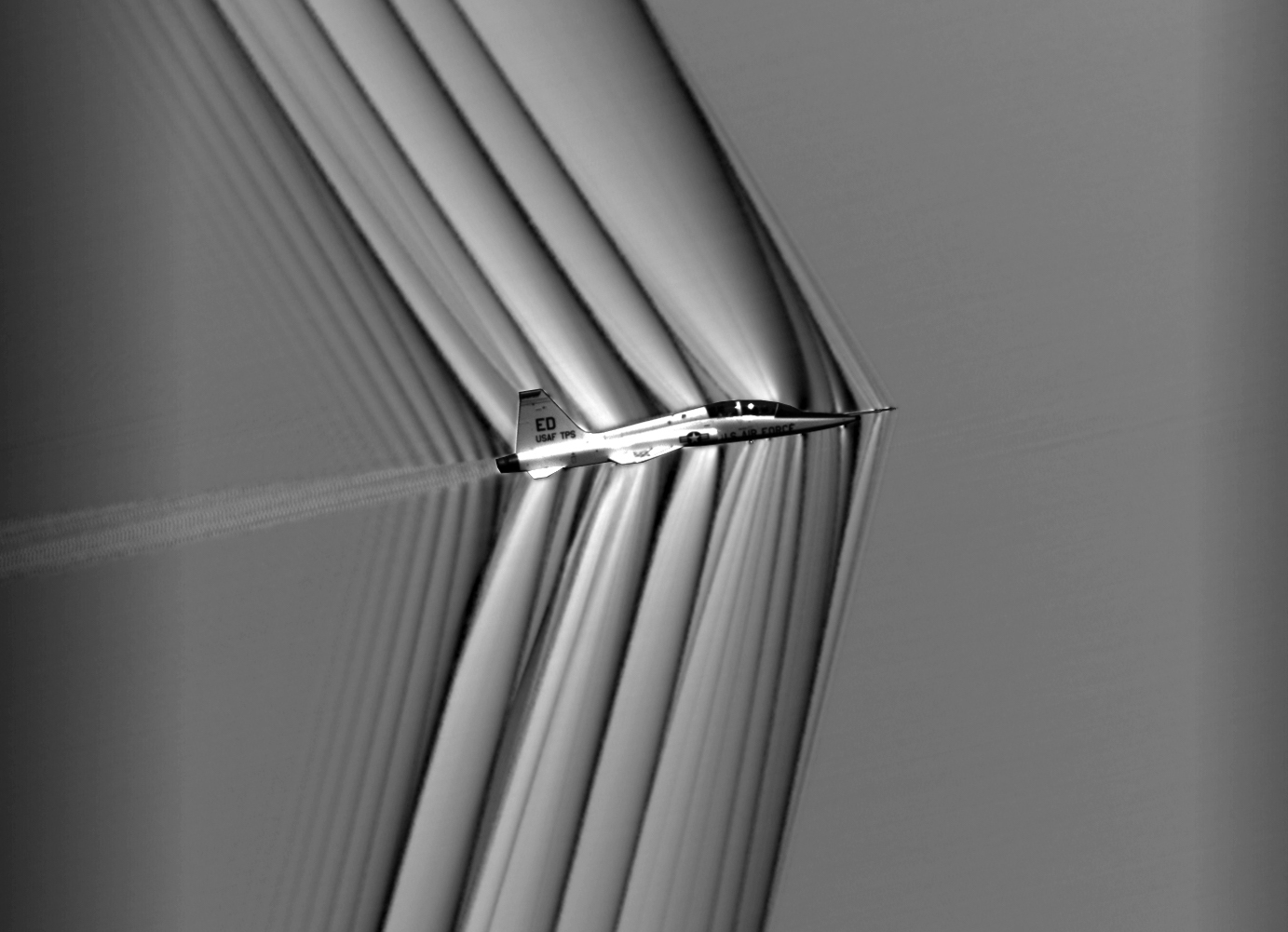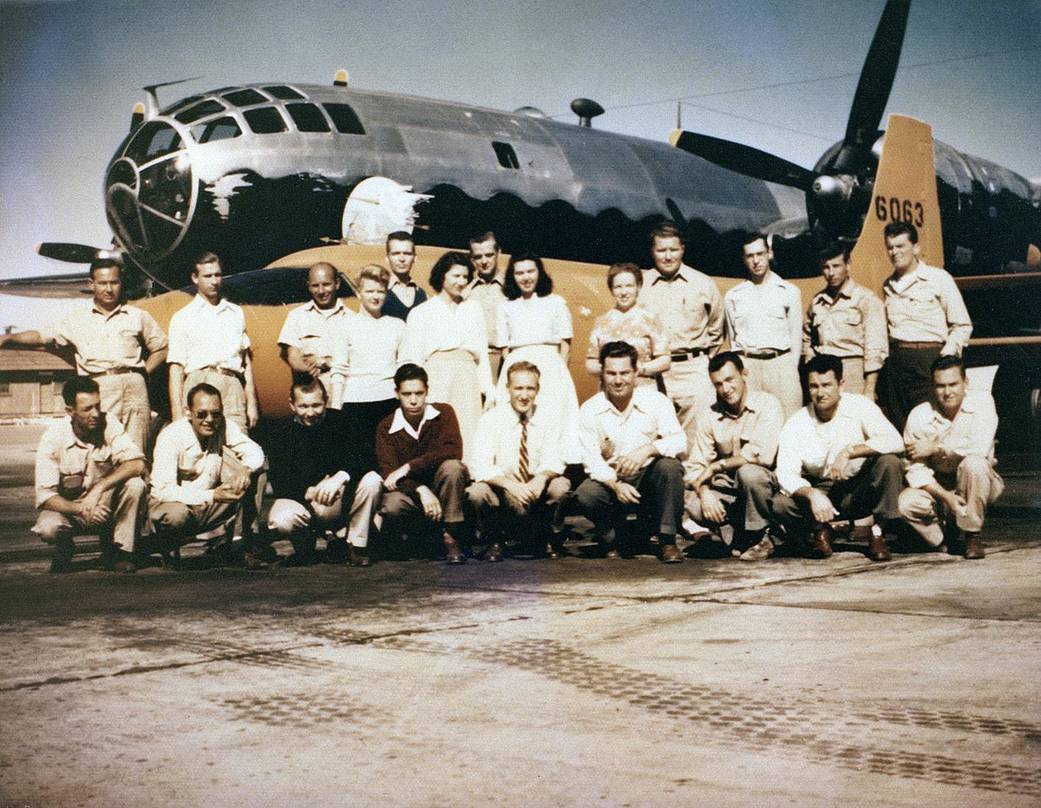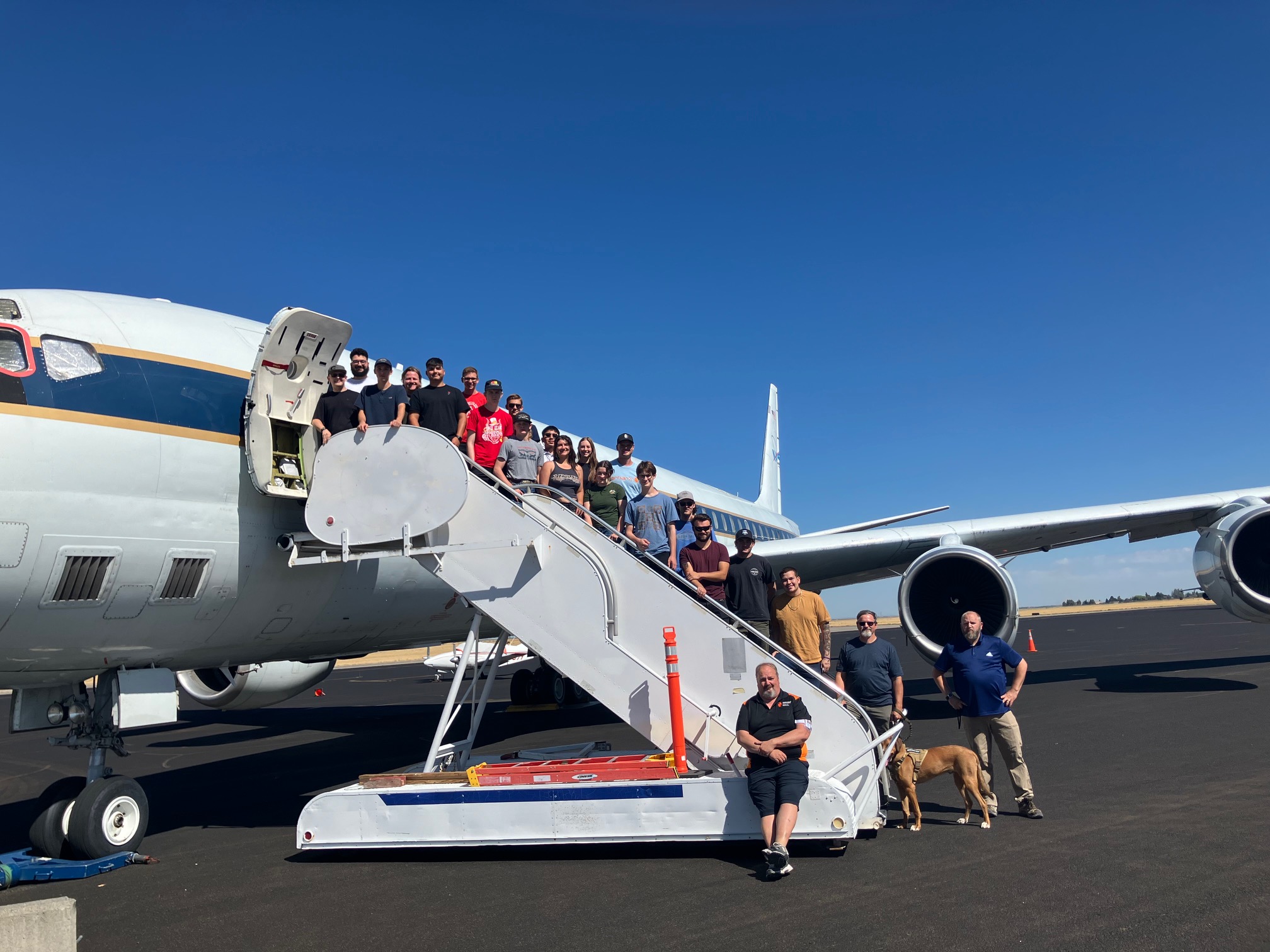
In May 2024, Idaho State University’s class of 2025 received a new learning tool from NASA. The DC-8 aircraft served the world’s scientific community for decades as a platform under NASA’s Airborne Science Program before retiring to Idaho State University (ISU) to provide a hands-on learning experience for students in the university’s aircraft maintenance technology program.
“The DC-8 has quickly become a cornerstone of our Aircraft Maintenance Technology program at ISU,” said Jake Dixon, Director of Marketing and Recruitment at the ISU College of Technology. “It has already enhanced our summer classes ahead of its full integration with the start of the new school year this fall.”
The DC-8 flew its final flight from NASA’s Armstrong Flight Research Center in Edwards, California to Idaho State University in Pocatello, Idaho in May 2024. That flight represented the retirement of the aircraft after 37 years of supporting airborne science missions as a NASA aircraft.
“The opportunity for students to interact firsthand with the aircraft’s systems and features significantly extends their learning beyond what theory or textbooks can provide,” Dixon said.
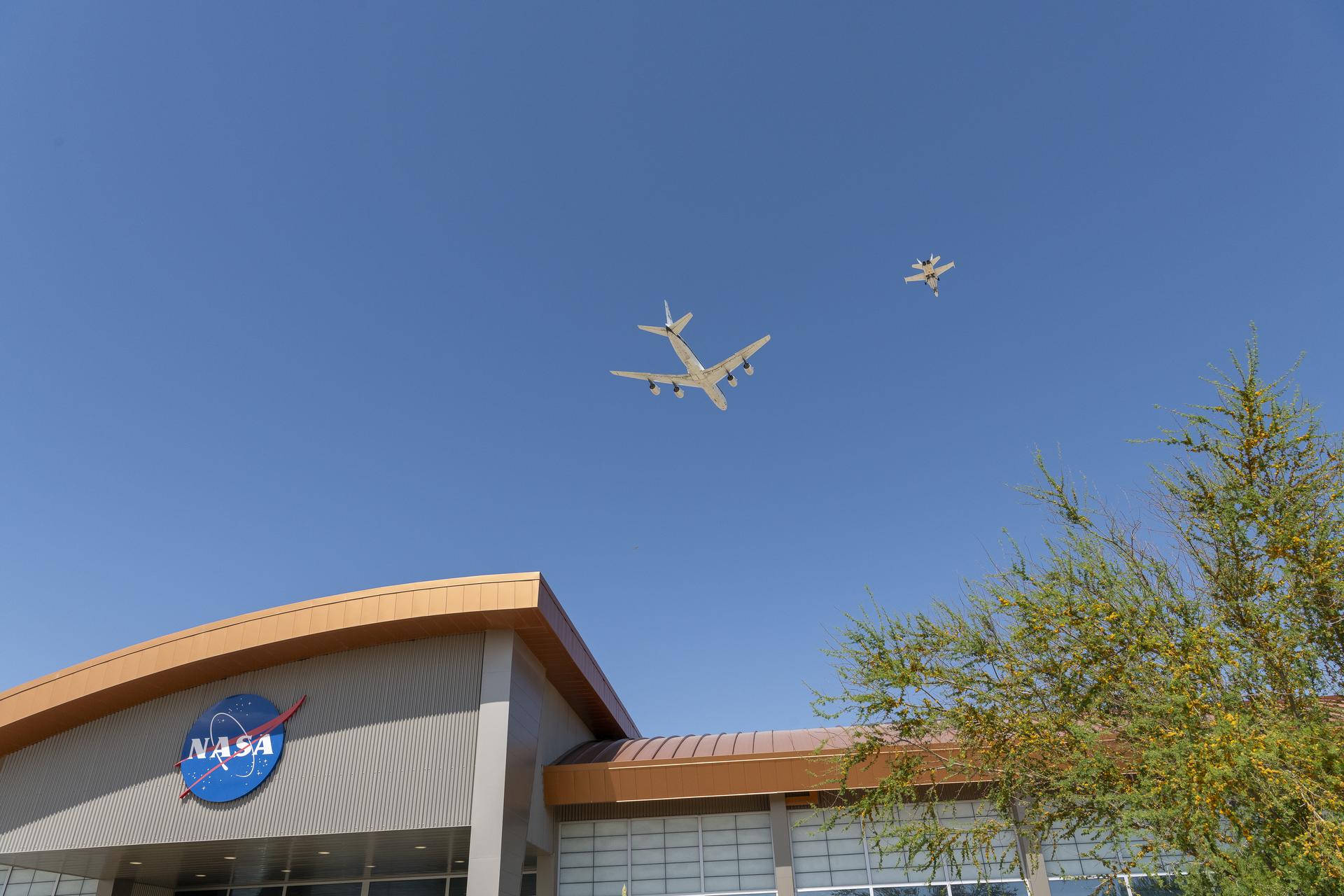
The DC-8 served as an educational platform for years. Beginning in 2009, the DC-8 functioned as an airborne science laboratory for NASA’s Student Airborne Research Program (SARP), where rising-senior undergraduates were selected to participate in a real science campaign and acquire hands-on research experience. The educational impact of the DC-8 is evident in the professional growth of scientists who have experienced it.
“Almost everything I’ve learned about using an airplane to collect scientific data can be linked back to my time flying projects on the DC-8.” says Jonathan Zawislak, Flight Director with the Aircraft Operations Center at the National Oceanic and Atmospheric Administration (NOAA). “It has left an indelible mark on the Earth science community and no doubt paved the way for a new generation of scientists, as it did for me and my career as a science aviator.”
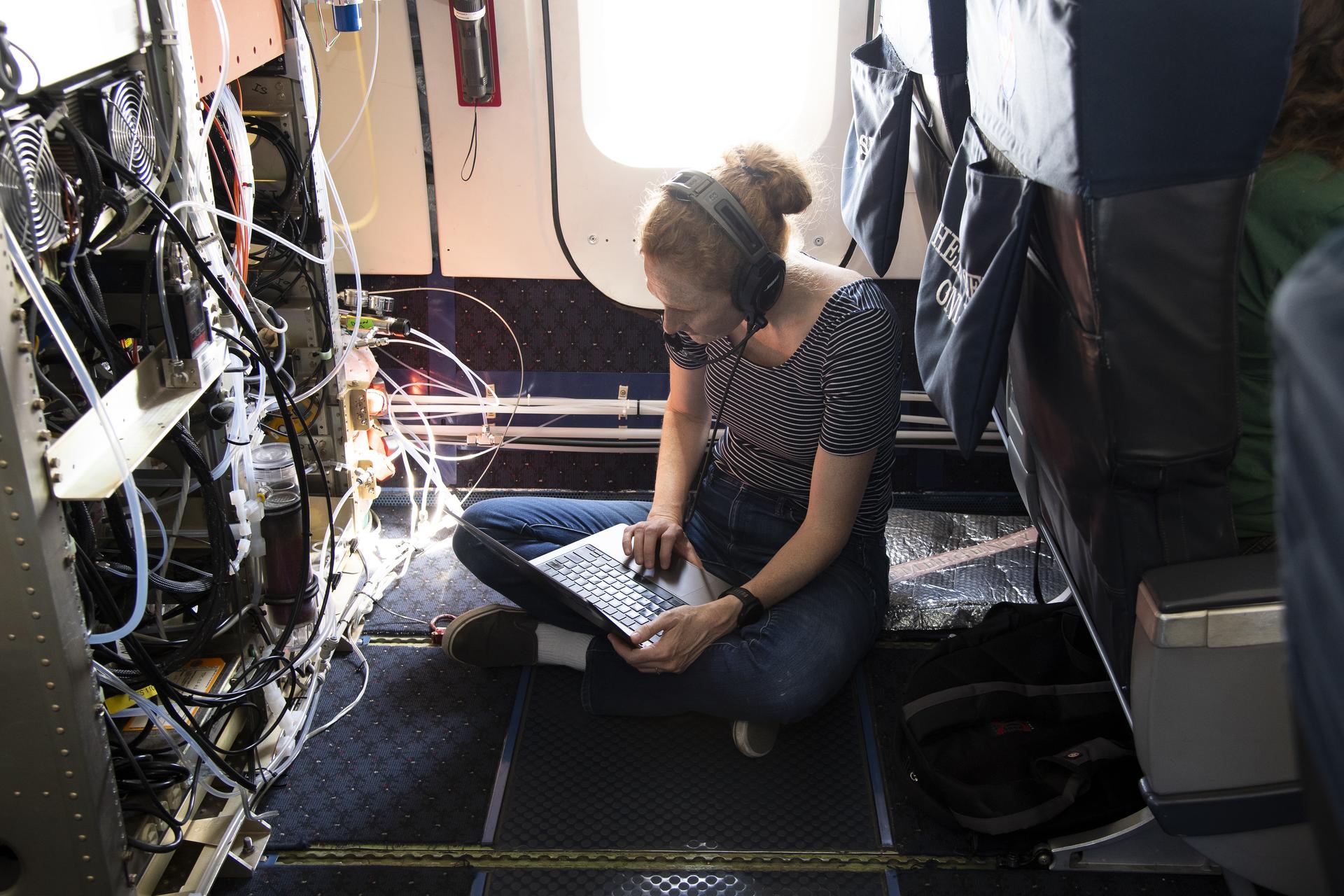
Real-life platforms like the DC-8 are an exciting and meaningful learning tool that enable college students to go beyond the textbook, and they make a lasting impact on communities adjacent to its activities.
“We have seen so much enthusiasm surrounding the DC-8’s arrival that we are organizing an open house in the future to allow the community and aviation enthusiasts alike to explore this historic aircraft,” said Dixon. “Doing so will help preserve the remarkable legacy of the DC-8, ensuring it continues to inspire and educate for years to come.”
Whether as a science platform or as a unique aircraft, the DC-8 has a legacy that continues to inspire and educate generations of scientists, engineers, and aviators.
Learn more about NASA’s SARP program
Learn more about the retired DC-8 aircraft Learn more about NASA’s Armstrong Flight Research Center





